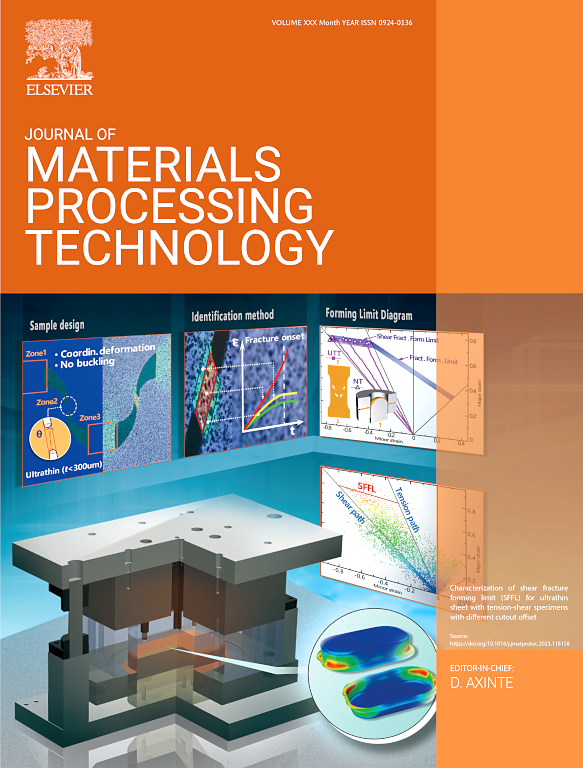Unveiling the correlation between weld structure and fracture modes in laser welding of aluminum and copper using data-driven methods
IF 6.7
2区 材料科学
Q1 ENGINEERING, INDUSTRIAL
Journal of Materials Processing Technology
Pub Date : 2025-02-05
DOI:10.1016/j.jmatprotec.2025.118752
引用次数: 0
Abstract
In laser welding, the complex characteristics of weld structure features, including weld geometry and defects such as porosities and cracks, pose significant challenges in analyzing the relationship between weld structure and mechanical performance. This study tackles this issue by introducing a data-driven approach to quantify the significance of specific weld structure features and their correlation with mechanical performance in laser-welded aluminum-copper thin sheets. High-resolution, three-dimensional micro-X-ray tomography provides detailed characterization of weld structure features, including weld geometry and defect attributes. Advanced deep learning techniques and interpretable machine learning models are employed to analyze weld geometry and defect features with precision. Importance analysis identifies a strong correlation between weld geometry and fracture behavior. Further investigation demonstrates that weld geometry exerts a significant influence on other structural features, such as porosity and crack characteristics, highlighting its critical role in predicting fracture behavior. To improve predictions of fracture mode, a novel dimensionless failure mode index is proposed and validated using data from this study and existing literature. This index establishes a robust relationship between weld geometry, defect features, and fracture modes, offering a practical and reliable tool for evaluating weld performance.
求助全文
约1分钟内获得全文
求助全文
来源期刊

Journal of Materials Processing Technology
工程技术-材料科学:综合
CiteScore
12.60
自引率
4.80%
发文量
403
审稿时长
29 days
期刊介绍:
The Journal of Materials Processing Technology covers the processing techniques used in manufacturing components from metals and other materials. The journal aims to publish full research papers of original, significant and rigorous work and so to contribute to increased production efficiency and improved component performance.
Areas of interest to the journal include:
• Casting, forming and machining
• Additive processing and joining technologies
• The evolution of material properties under the specific conditions met in manufacturing processes
• Surface engineering when it relates specifically to a manufacturing process
• Design and behavior of equipment and tools.
 求助内容:
求助内容: 应助结果提醒方式:
应助结果提醒方式:


